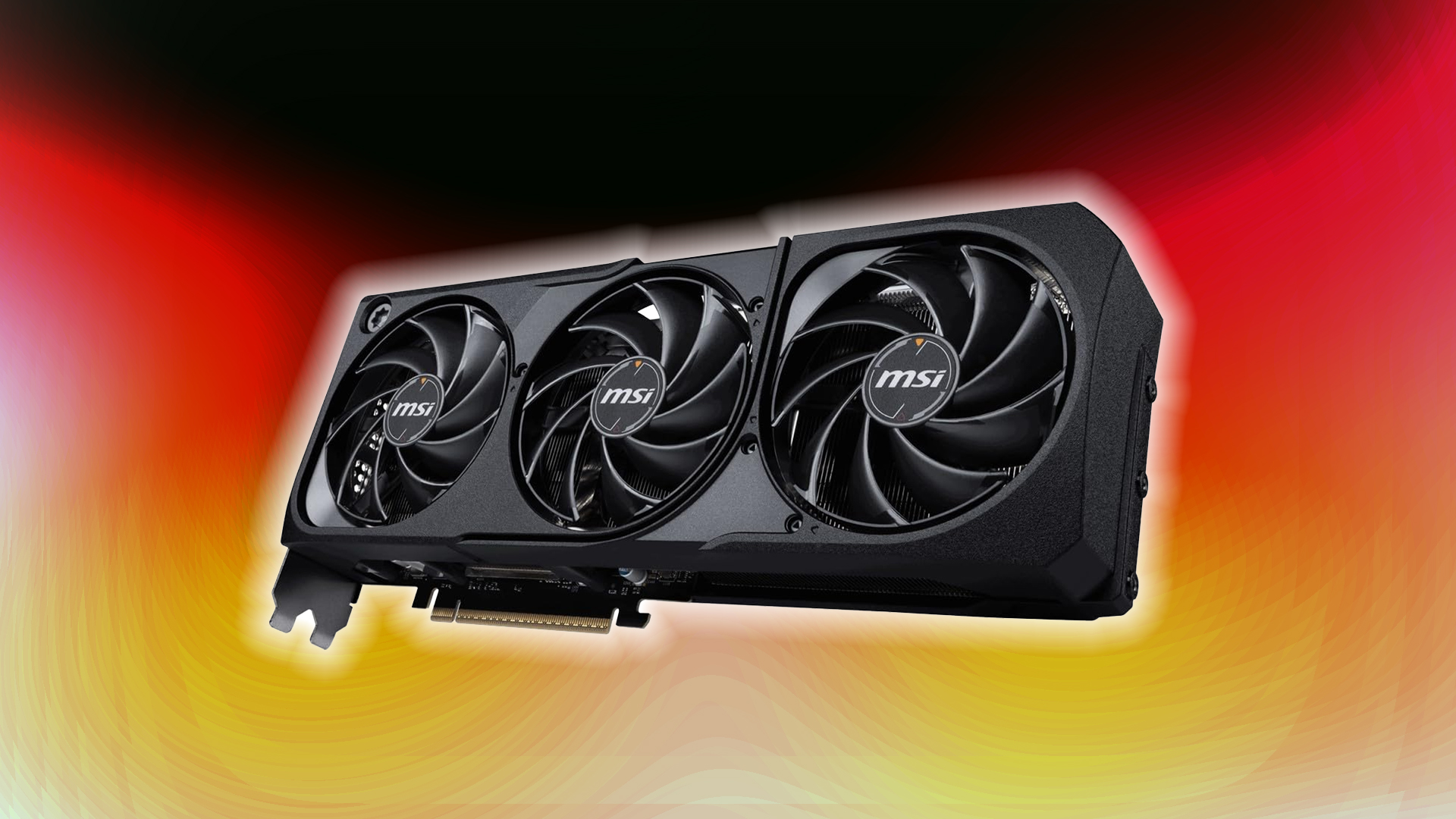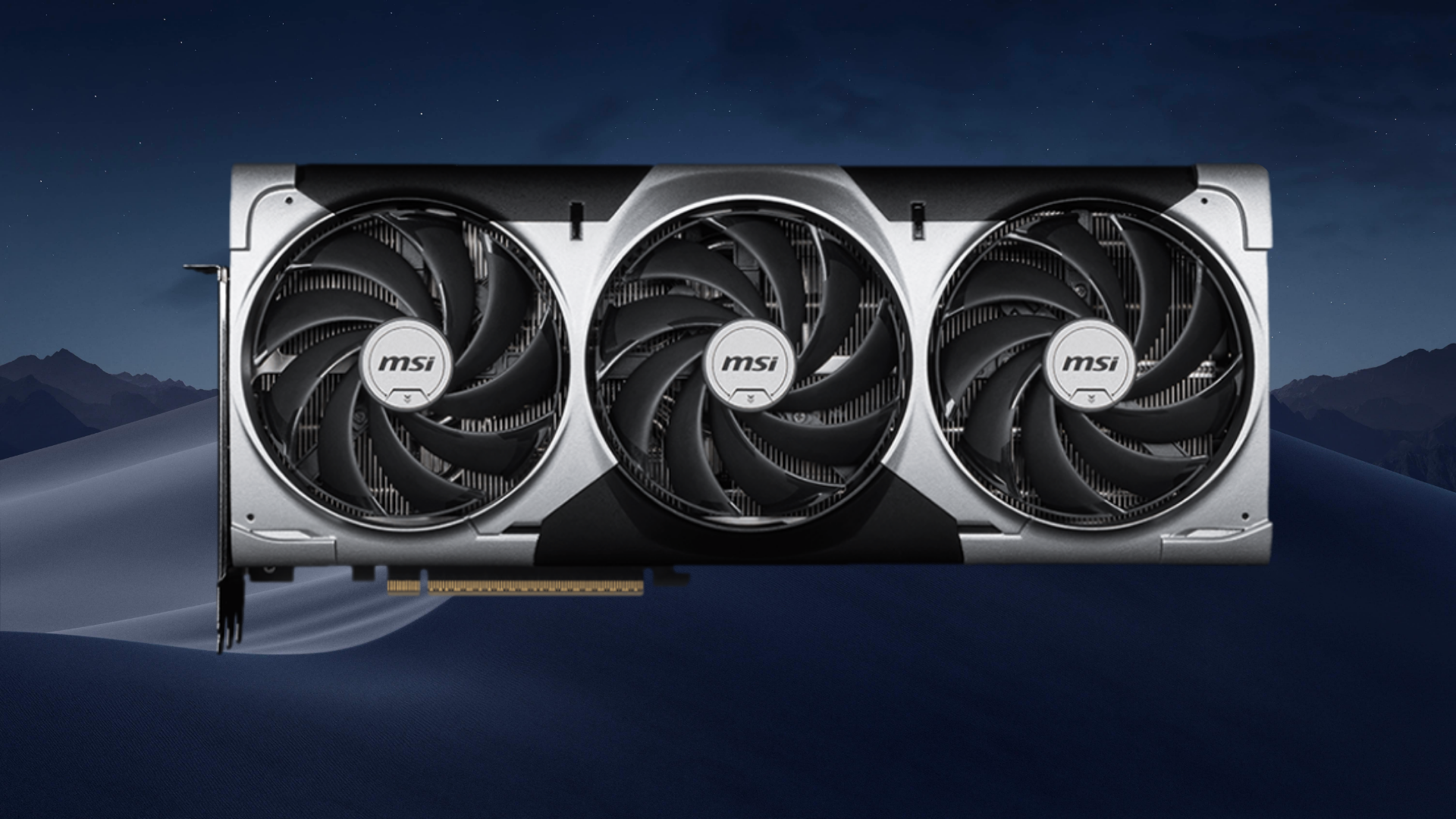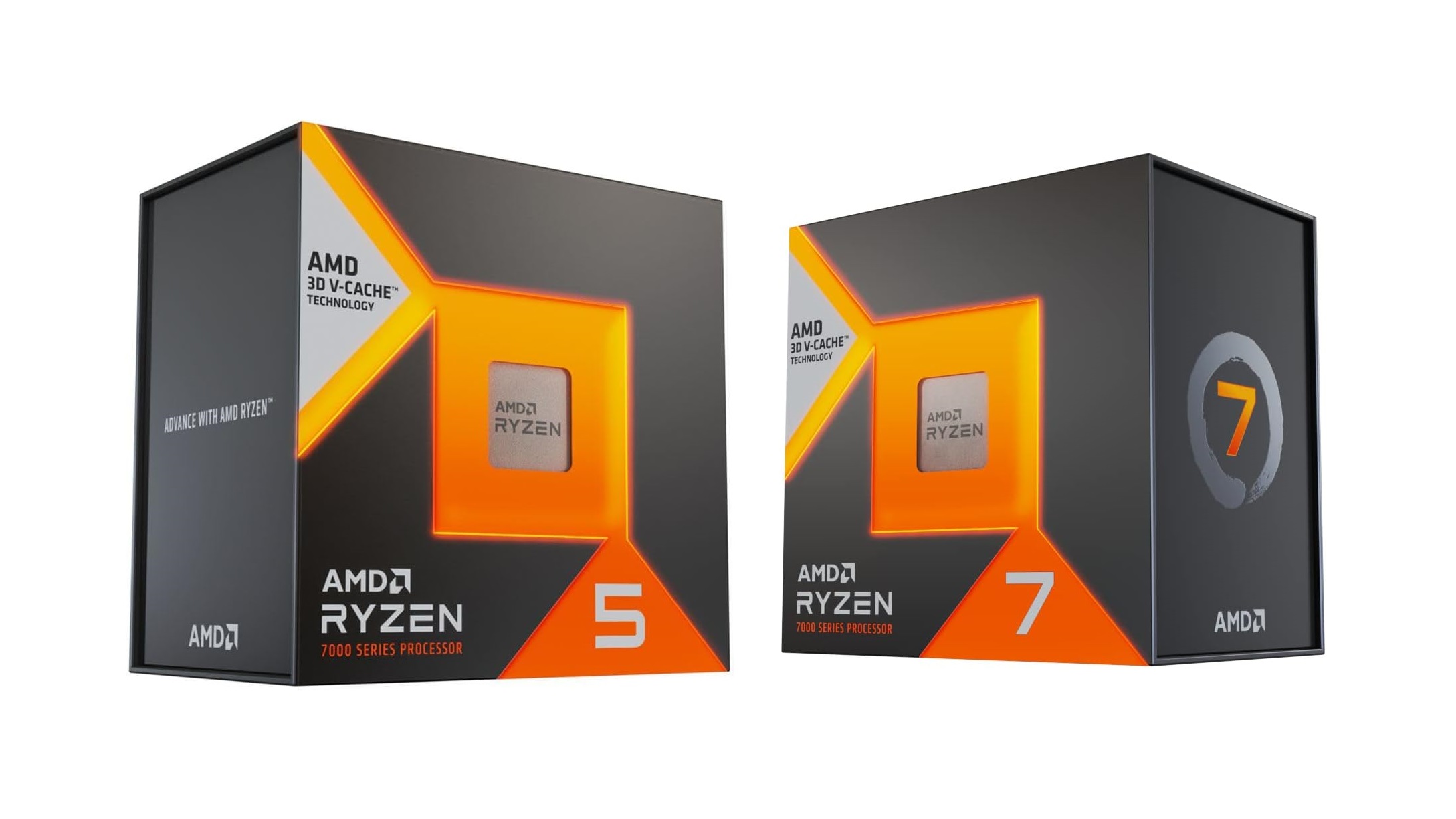Adjust these settings while playing Stellar Blade on an RX 7600 XT for optimal performance and visuals, fully utilizing the 16 GB of VRAM.
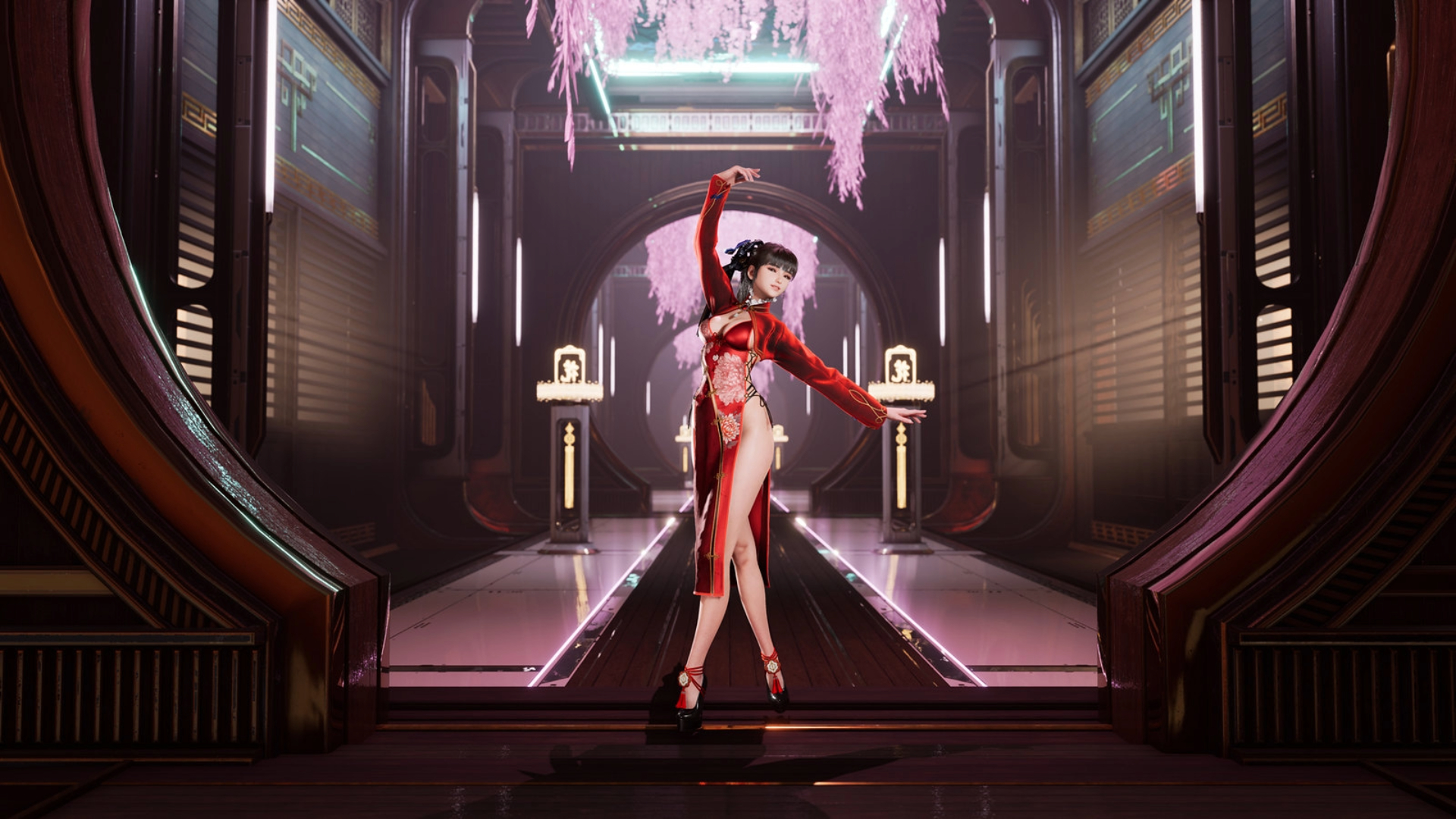
Stellar Blade runs exceptionally well on AMD GPUs, especially on budget RDNA 3 16GB cards. Gamers can efficiently utilize high texture settings and still enjoy a favorable frame rate. Thanks to the game’s design, which is based on raster, budget cards like the 7600 XT can do 60+ FPS even at 1440p with upscaling.
If you own the RX 7600 8GB model, simply keep all texture settings at medium, and for the rest, you’re good to go. That said, here are the settings optimized for your GPU.
RX 7600 XT – Stellar Blade (1080p and 1440p Optimized)
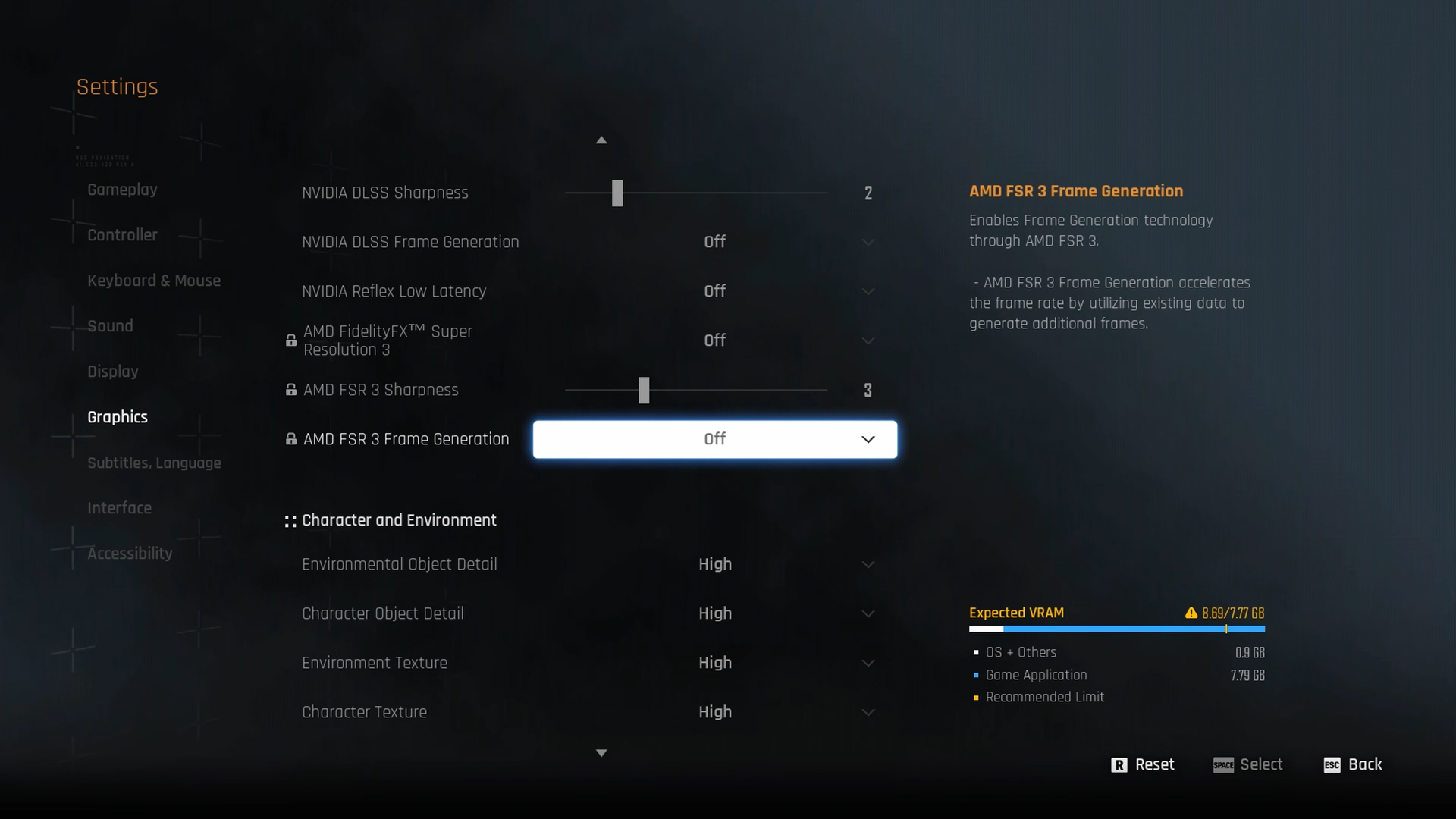
A few keynotes to consider:
- FSR 3.1, used in this title, although it fails to match FSR 4 levels, still holds up reasonably well, and in the process boosts the frame rate by quite a lot.
- 16GB VRAM buffer easily handles these texture settings without exhaustion.
- To enable Frame Generation, use FSR 3. Enable AMD Anti-Lag in the driver as a global preset or set it for individual games.
- To achieve the optimal FSR 3.1 algorithm for your game, always use DLSS Swapper to keep it up to date. Additionally, you can experiment with Xess and see how it fares.
Best Settings Explored
| Setting | 7600 XT (1080p) | 7600 XT (1440p) |
| Screen Resolution | 1920 x 1080 | 2560 x 1440 |
| Vertical Sync | Off | Off |
| Target Framerate | Unlimited | Unlimited |
| Aspect Ratio | Automatic | Automatic |
| HUD Area Ratio | Automatic | Automatic |
| HDR | Off | Off |
| Display Settings | Open | Open |
| Lock Cursor in Window | Off | Off |
| Graphics Preset | Custom | Custom |
| Resolution Scaling Mode | FSR 3.1 (Quality) | FSR 3.1 (Balanced) |
| Rendering Scale | 100% | 100% |
| Base Sharpness (FSR or any other Upscaler uses this) | 5 | 5 |
| NVIDIA Reflex Low Latency / AMD Antilag | Enabled | Enabled |
| AMD FSR 3 Frame Generation | Preference | Preference |
| Environmental Object Detail | High | Medium |
| Character Object Detail | High | High |
| Environment Texture | Very High | Very High |
| Character Texture | Very High | Very High |
| Clutter Density | Medium | Medium |
| Environmental Object Visible Dist. | 100 | 100 |
| Character Visible Distance | 100 | 100 |
| Shadow Quality | Very High | Very High |
| Lighting Quality | Medium | Medium |
| Volumetric Fog | Medium | Medium |
| Particle Quality | Medium | Medium |
| Animation Quality | Medium | Medium |
| Ambient Occlusion | Medium | Medium |
| Depth of Field | Medium | Medium |
| Chromatic Aberration | Off | Off |
| Film Grain | Off | Off |
| Motion Blur | Off | Off |
Verdict
That concludes the RX 7600 XT best settings guide for Stellar Blade. Hopefully, AMD will backport at least some AI-based features from FSR 4 to RDNA 3. The image quality, in contrast to FSR 4 and even DLSS 3.7, is noticeable. Stellar Blade already has temporal instabilities and smearing during intense fights. FSR 3.1, as it currently stands, helps clean up some of that but makes the image overly soft. Aggressive sharpening settings make the image look very artificial.
We provide the latest news and “How To’s” for Tech content. Meanwhile, you can check out the following articles related to PC GPUs, CPU and GPU comparisons, mobile phones, and more:
- 5 Best Air Coolers for CPUs in 2025
- ASUS TUF Gaming F16 Release Date, Specifications, Price, and More
- iPhone 16e vs iPhone SE (3rd Gen): Which One To Buy in 2025?
- Powerbeats Pro 2 vs AirPods Pro 2: Which One To Get in 2025
- RTX 5070 Ti vs. RTX 4070 Super: Specs, Price and More Compared
- Windows 11: How To Disable Lock Screen Widgets
 Reddit
Reddit
 Email
Email
